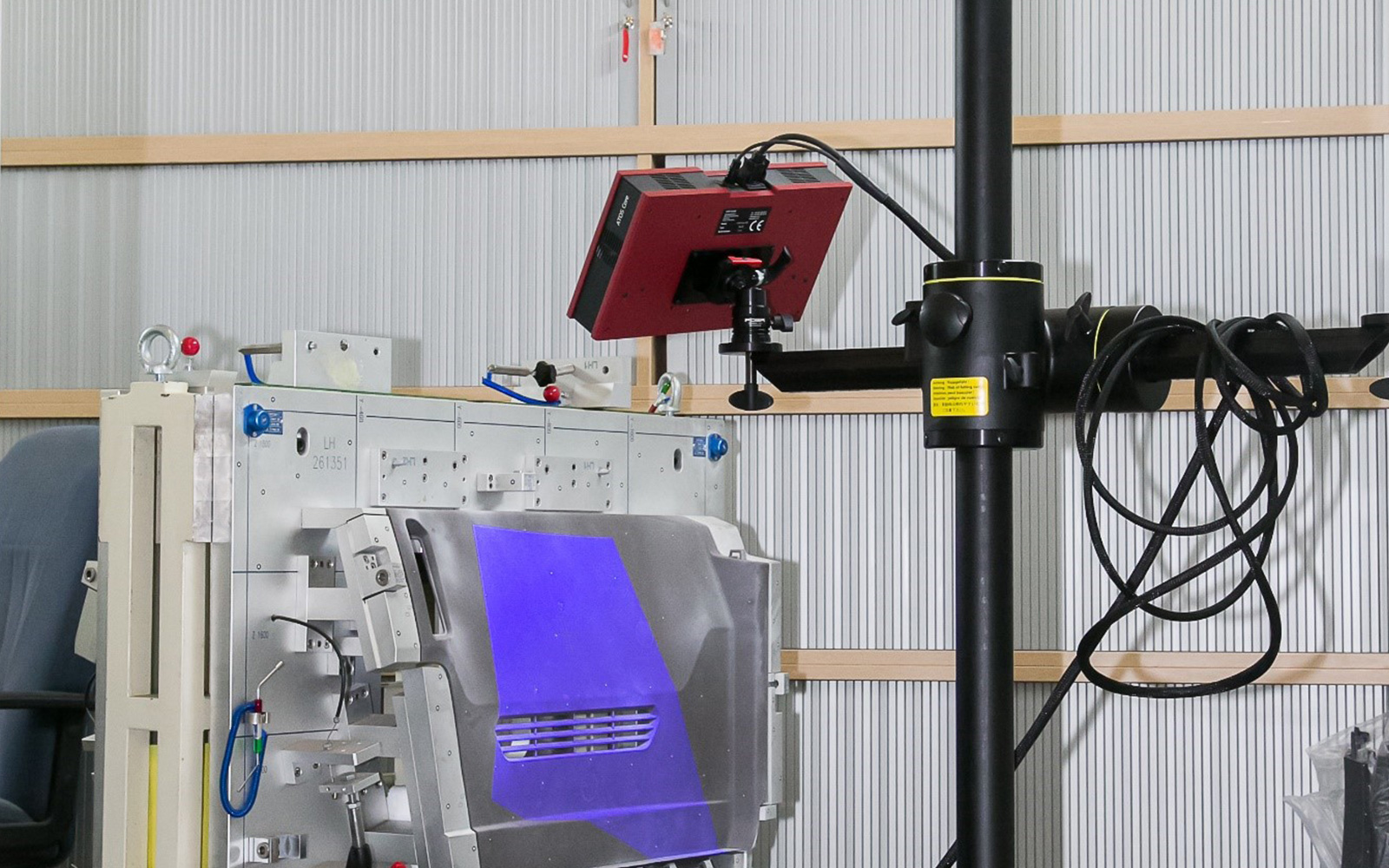Reverse engineering is finding increasing application in the industrial sector and turning classic design processes around 180 degrees. The technology makes it possible to improve already existing objects, supplement them with additional elements or create new, innovative products with strictly defined parameters.
What is reverse engineering and in which situations is it an optimal solution?
Reverse engineering is a process that allows a physically existing object to be recreated in digital space using a scanner and appropriate software so that faithful copies, improved versions or an entirely new, related product can be developed. It represents a reversal of traditional computer-aided design (CAD), where a 3D model is first created and then put into production.

“In traditional CAD methods, we first create a computer model of the object by implement dimensions and functional features on 3D models, and then transform it into a material object. In reverse engineering, the order of the step of the process are different. In reverse engineering processes, it is the material object that is scanned and transformed into a 3D model, and the documentation reproduced by other methods.” – says Géraldine Chabirand, Design Engineer in ID Lab specialized in the reverse engineering technique.
The technology is used in many circumstances and environments. This makes it possible, among other things, to reproduce objects that do not have technical documentation, such as parts for antique cars or machinery. It is also an excellent solution when you need to improve an existing product or control its quality. However, the technology has many more applications.
Reverse engineering goals
Back in the Cold War era, reverse engineering evoked negative connotations as a process that allowed communist countries to copy Western-sourced products and equipment. Today, it is mainly used to improve, repair or control the quality of products in manufacturing processes. With reverse engineering, it is possible not only to scan a given device and, based on its 3D model, recreate the missing component, but also the entire technical documentation. Importantly, design can also take place in a digitally created environment where the object is used, taking into account the various factors that affect it, including time. This makes it possible to adapt or innovate it.
Steps in the reverse engineering process
The first stage is acquisition, i.e. scanning the object and analyzing the data thus acquired. The data are then processed using appropriate software such as CAD, resulting in a 3D model that is ready for subsequent operations. In the next step, it is subjected to verification to see how faithfully it reflects the original and, if necessary, optimization or modernization. Finally, the model is transferred to CAM (Computer-Aided Manufacturing) software to implement the manufacturing process.
Benefits of reverse engineering

Reverse engineering makes it possible not only to obtain improved products, but also – thanks to precise imaging of real objects – to create matching components and details easily and quickly. This allows for the elimination of costly mistakes and the imperfections of manual modeling. The technology lets you instantly create multiple variants of a single product and improve it without incurring additional expenses. All this amounts to a reduction in the time and cost of producing new products, which would not be possible using traditional methods. Moreover, 3D scanning and digital modeling open up entirely new horizons of innovation.
How is reverse engineering used in practice?
Examples of practical applications of reverse engineering can be seen in many areas of industrial production. It has become so widespread today that it is influencing not only product design, but also packaging and customized containers. At our ID Lab, we are involved in the day-to-day numerical design of transport packaging for many industries, such as automotive, FMCG, furniture, electronics and many others.
Application of reverse engineering in ID Lab – 3D reverse engineering
ID Lab, Knauf Industries' Research and Development Center, has a dedicated unit responsible for providing reverse engineering services to manufacturing companies.
The purpose of such activities may be, e.g modernization of parts and devices, and many others. In some cases our Clients provide us a physical part and it’s on us to design an optimal packaging for a set of parts. In ID Lab we are regularly challenged by our automotive customers with this kind of task and we already excel in designing customized returnable packaging for all kinds of automotive components. Therefore, with the reverse engineering method at hand we are able to solve many of our customers’ pain points, and we do it with success on numerous occasions.
See also: Computer Aided Engineering in plastic injection
Application of reverse engineering in the automotive industry
Thanks to precise measurement methods, packaging for any type of automotive part made of EPS or foamed polypropylene can be designed and produced, even with very complex shapes. Proper protection of the product for transportation is crucial, especially for sensitive electronics. With reverse engineering, packaging can be created that perfectly matches the physical part.
"In some projects, for different reasons, Customers could not supply 3D files to create the packaging. However, having the physical parts it’s possible to perform reverse-design to provide a 3D file and after that I can create the appropriate packaging customized to customer’s requirements" – says Géraldine Chabirand.
See also: Revolution in 3D technology in the automotive industry
Application of reverse engineering in the printing industry
One of the challenges Knauf Industries engineers faced was designing protective fittings for printer cartridges based on a customer-supplied part.
The goal was to create EPS protective packaging for a cartridge packaged in a cardboard box. The customer could not provide the 3D files needed to design the packaging, but brought us a physical part. Based on it, I did a reverse design to get the 3D file, and then I was able to create protective shapes inserted on both sides of the cardboard box.
As a result, it was possible to reduce the time to market with the DFM (Design for Manufacturing) service, create an innovative product and reduce the labor intensity of the entire process.
State of the art measuring devices – crucial to the process
To clarify – advanced 3-D scanning equipment is a prerequisite to provide services in the field of reverse engineering. In Knauf Industries ID Lab, our plastics-processing engineers have a wide access to the highest class measuring devices are able to translate complex physical shapes into 3D models which subsequently serve as a basis to design correct and efficient packaging for the components. Thanks to our engineering experience this challenging and time-consuming process flows smoothly resulting in designing, a flawless,100% customized packaging for our automotive customers.